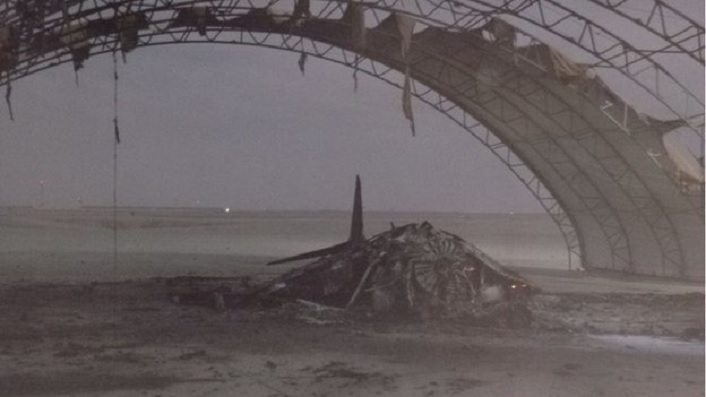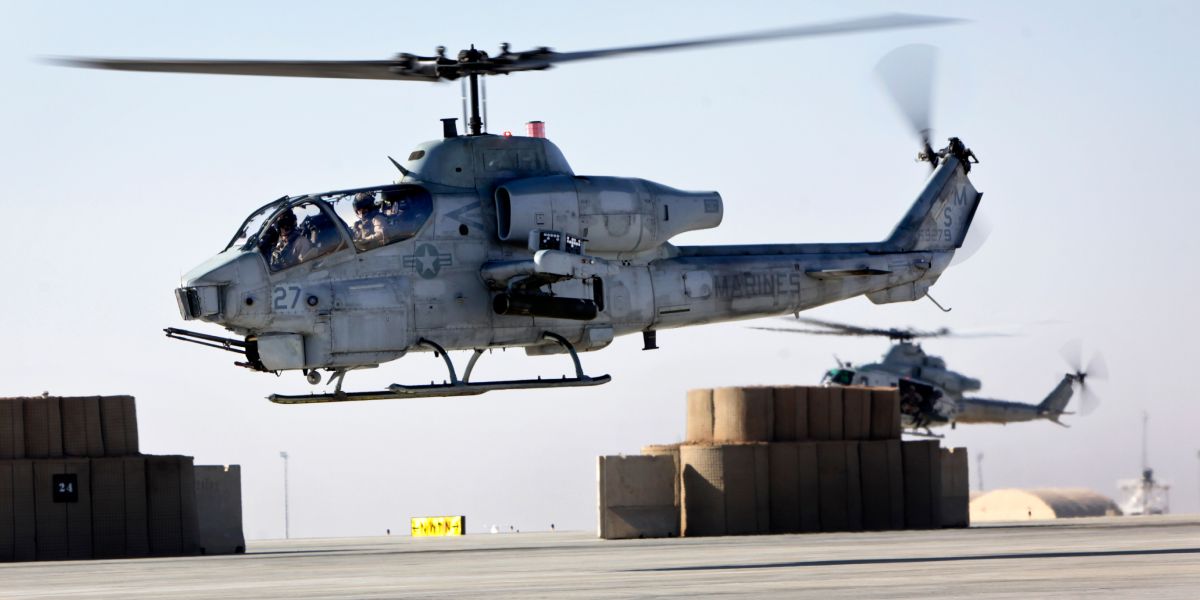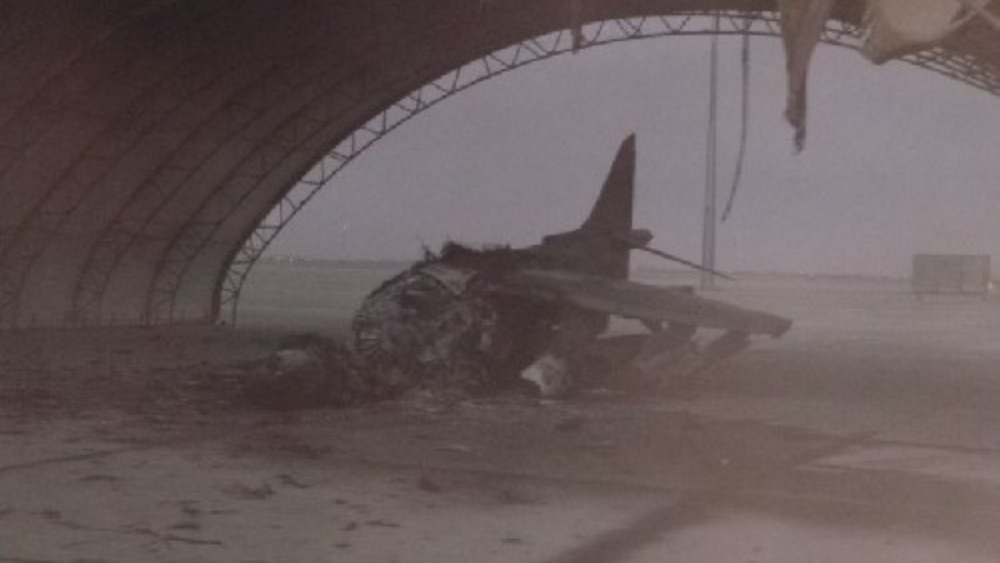Taliban attack on Camp Bastion
In response to the 9/11 attacks by Al Qaida, US and British forces invaded Afghanistan in late 2001, supported by air power. Ten years later, what started as a small-scale operation involving 2,500 troops and the specific goal of destroying Al Qaida had grown to involve nearly 100,000 troops.
To support those troops, aviation forces from the US and NATO were dispatched. The skies over Afghanistan saw combat from F-15E, F-16, F/A-18, A-10, Mirage, Tornado, and Harrier aircraft, as well as CH-47 Chinook and AH-64 Apache helicopters.
The US Marine Corps (USMC) AV-8Bs experienced the greatest loss of US airpower in a single incident since the Vietnam War, when eight of the aircraft were destroyed or seriously damaged by a Taliban raid on Camp Bastion in Helmand province in September 2012, despite the essential role the Harrier played in maintaining peace in the country.
The AV-8B Harriers of VMA-211 redeployed from Kandahar to Camp Leatherneck (adjacent to Camp Bastion, the main British military base in Afghanistan) in July 2012, putting them at the same airfield as the USMC helicopter force, according to Michael Napier’s narrative in the book Afghan Air Wars Soviet, US and NATO operations, 1979–2021.

But even after NATO said that combat operations would soon come to an end, the Taliban remained very much engaged in hostilities against US and ISAF forces. Around 22:00hrs on September 14, fifteen heavily armed Taliban insurgents wearing US Army uniforms broke through Camp Bastion’s perimeter wire, destroying six USMC AV-8Bs from VMA-211 and seriously damaging two more, as well as a C-130E. Lt. Col. Chris Raible, VMA-211’s commanding officer, was killed by the attackers during the assault.
Providing CAS to Camp Bastion defenders
Amidst the chaos of the assault, two UH-1Y Venom Hueys and an AH-1W piloted by Maj. Robert Weingart of VMLAH-469 took off to provide CAS to the airfield defenders. Weingart was unable to identify the enemy amidst the smoke from the conflict, despite four intruders being cornered within the cryogenics facility.
Lt. Col. Stephen Lightfoot, the commanding officer of HMLA-469, explained:
‘Usually, we respond to TICs for other units. However, everyone acted instinctively, got to the aircraft, and got the alert aircraft launched despite taking fire on the flightline … It was a very dark night. There was no moon. However, on the flightline, there were multiple aircraft on fire, and a couple of other areas were on fire as well, so it was extremely bright. There were 50-to-100-feet-high flames and a lot of thick smoke … We knew we had a lot of friendly [forces] on the ground. We wanted to make sure we did no harm to them or to their positions … The pilots were danger-close to friendly positions but were able to use the information received to engage the enemy without endangering friendly forces; they used the information to engage the enemy from approximately 200 feet in the air and were able to eliminate the threat.’

A hard blow to the Marines
Weingart later recalled:
‘I asked if [the Marines on the ground) could concentrate their automatic weapons’ fire on the point of origin, so I could [identify] it and get maneuvered to where we could engage it for them. They saw where the friendly vehicle was engaging at the [enemy], and then they started opening up with the [M-240 machine gun] from the vicinity of our compound. The combination of seeing the rounds from the vehicles and seeing our marines from the northeast gave us a pretty good pinpoint location of where the bad guys were.’
The insurgents, with support from the helicopters, were tracked down and killed, but they had delivered a hard blow to the Marines.
Afghan Air Wars Soviet, US and NATO operations, 1979–2021 is published by Osprey Publishing and is available to order here.
Photo by Sgt. Bobby Yarbrough and Sgt. Keonaona Paulo / U.S. Marine Corps


